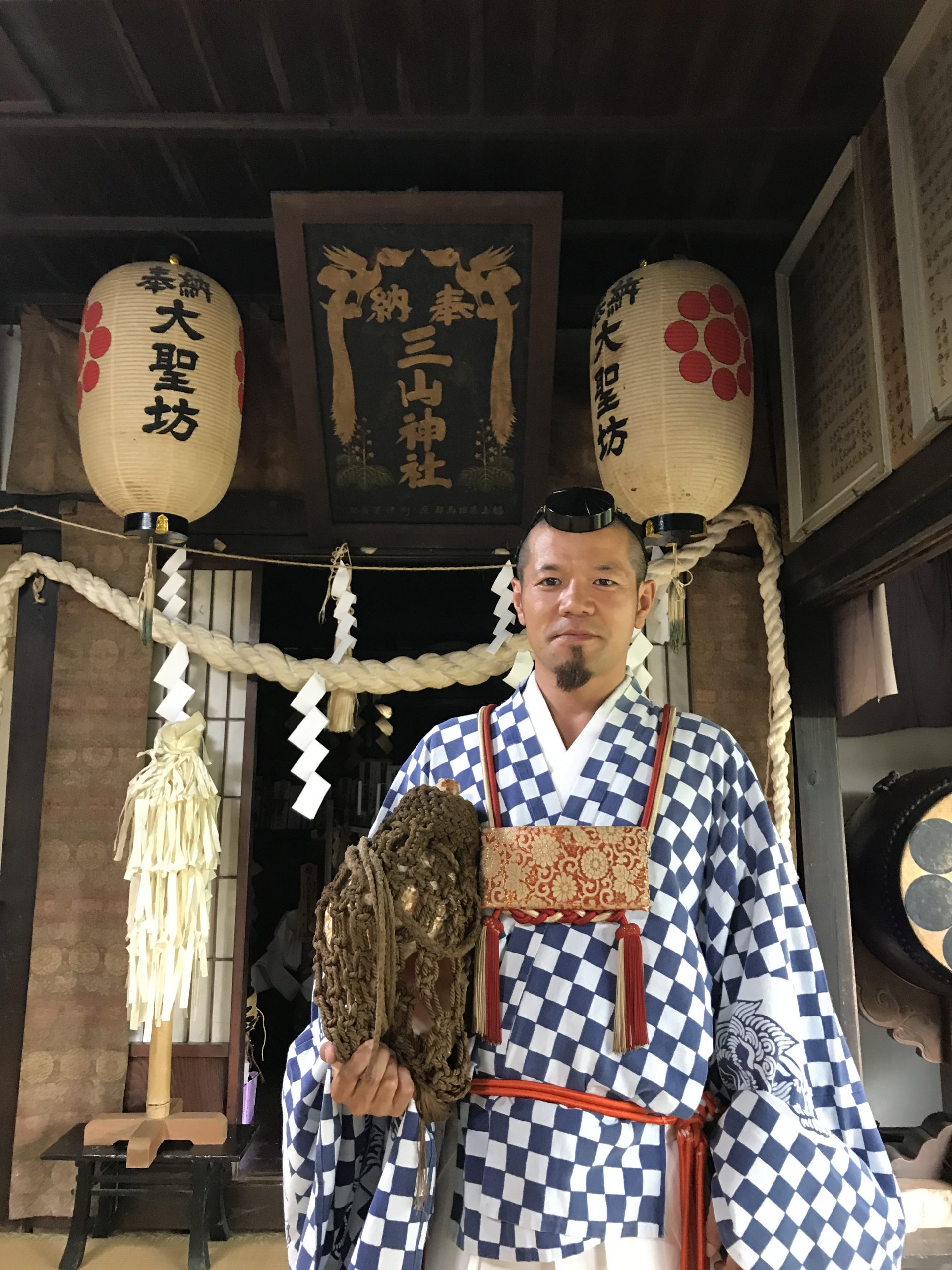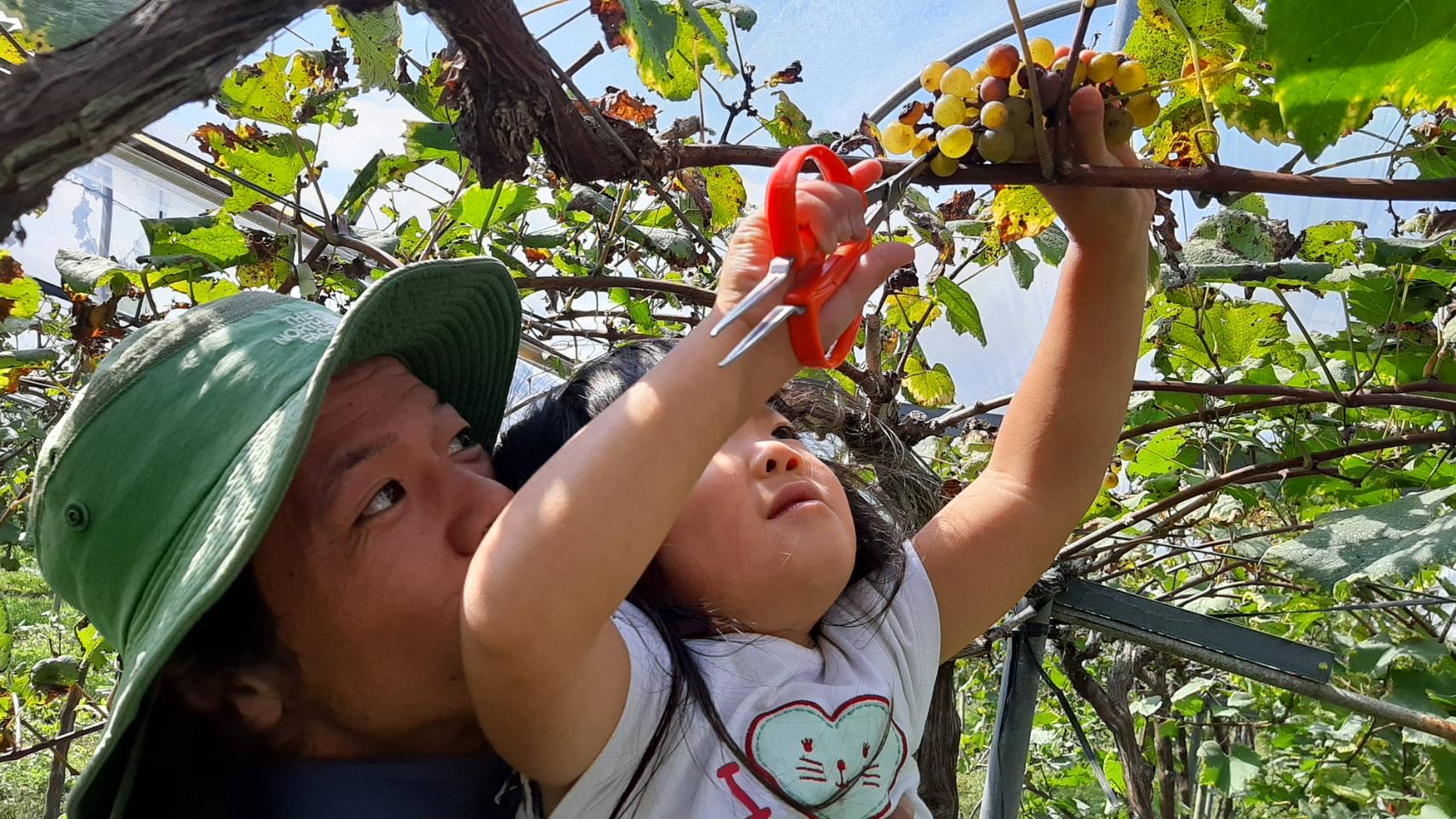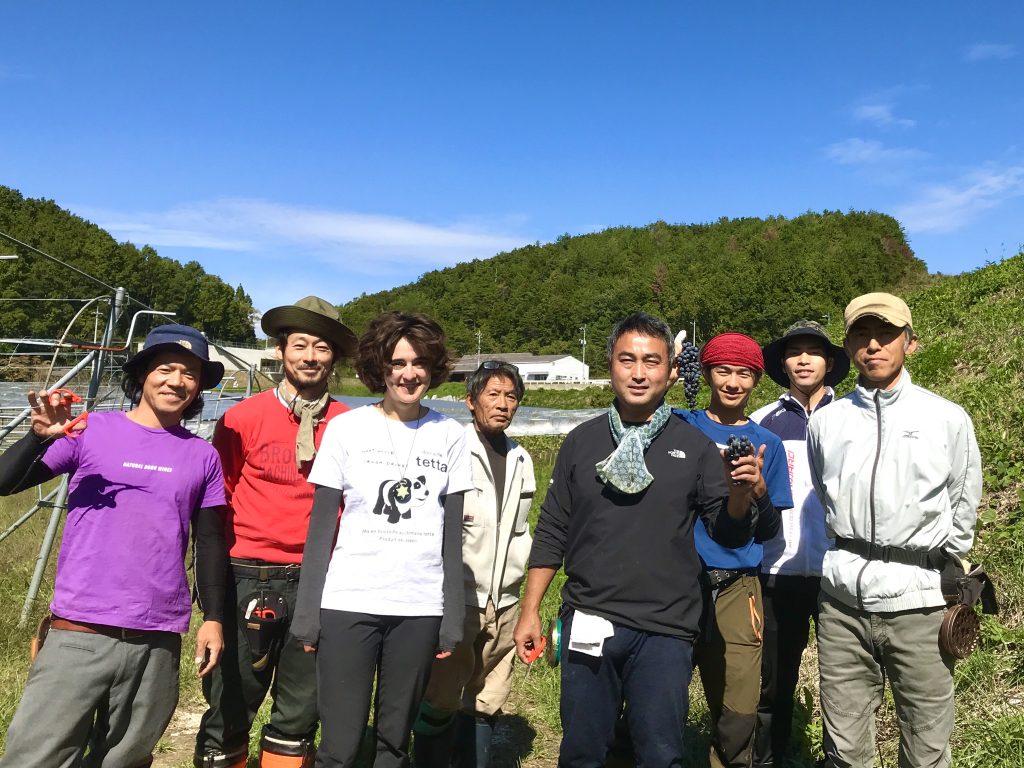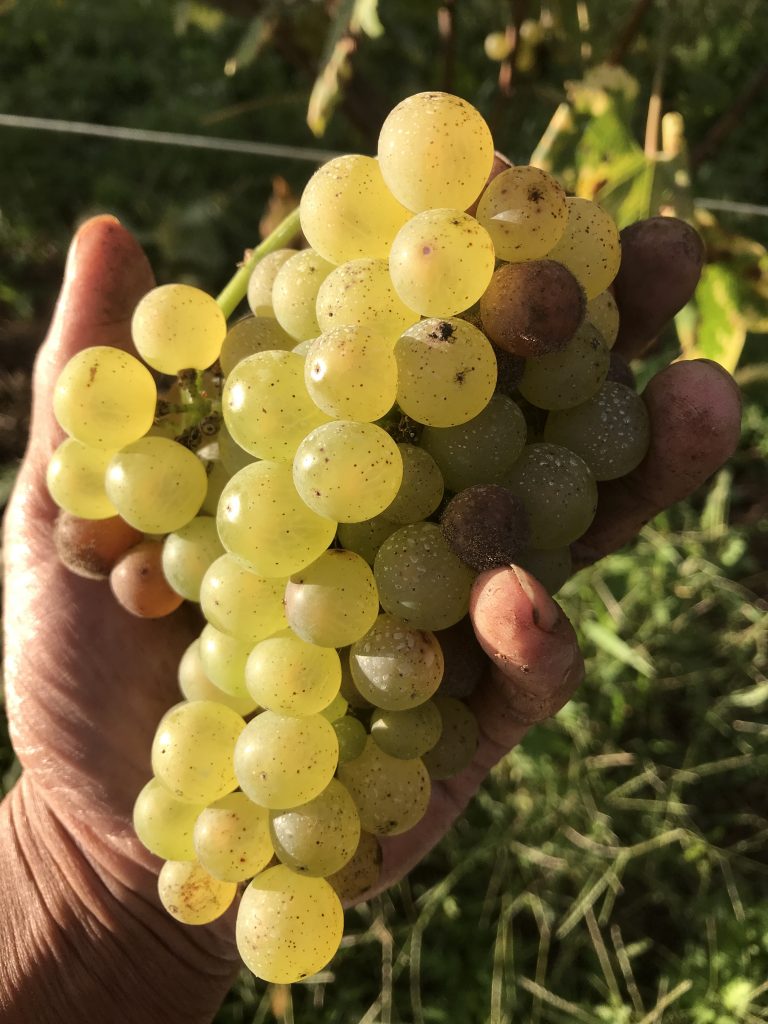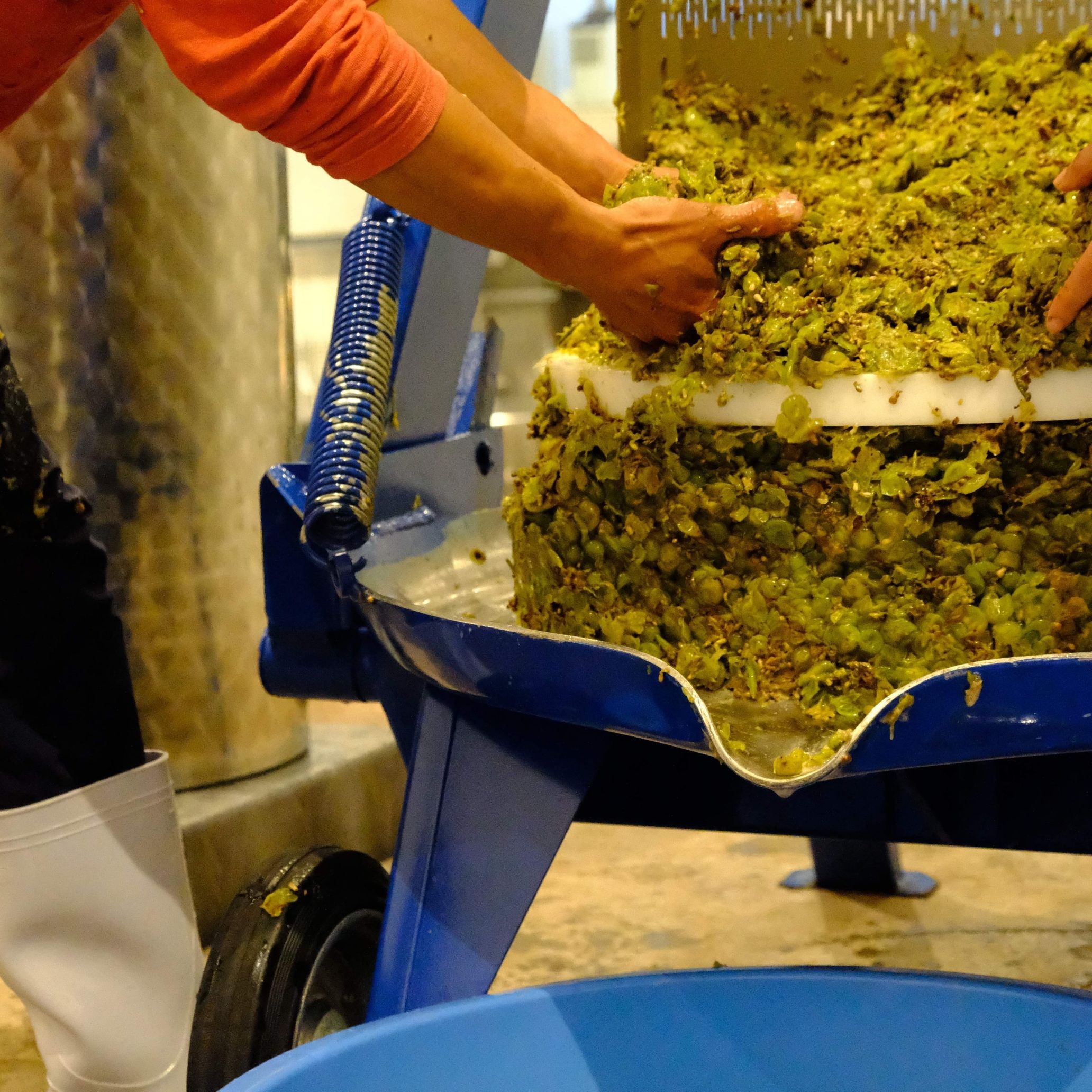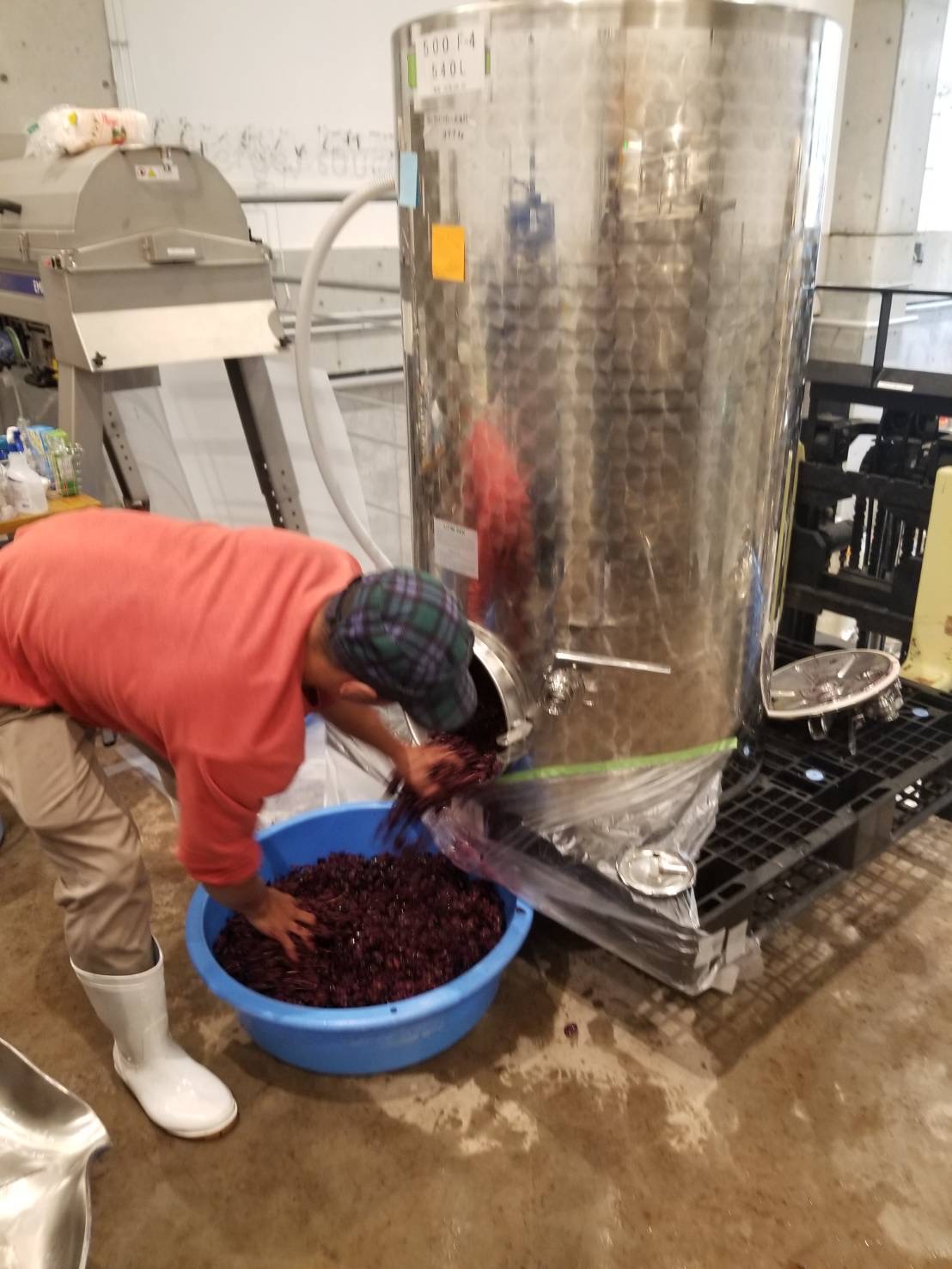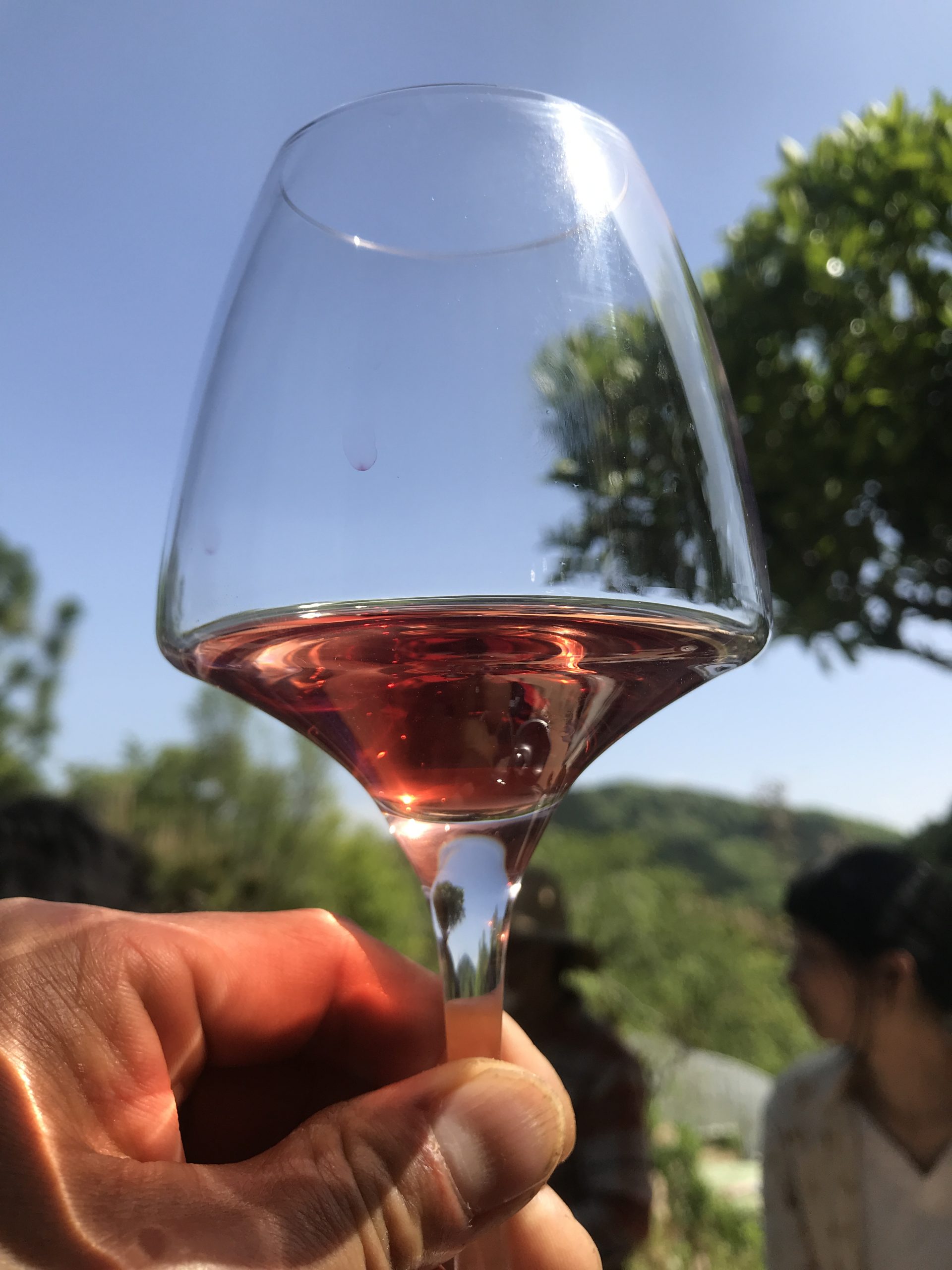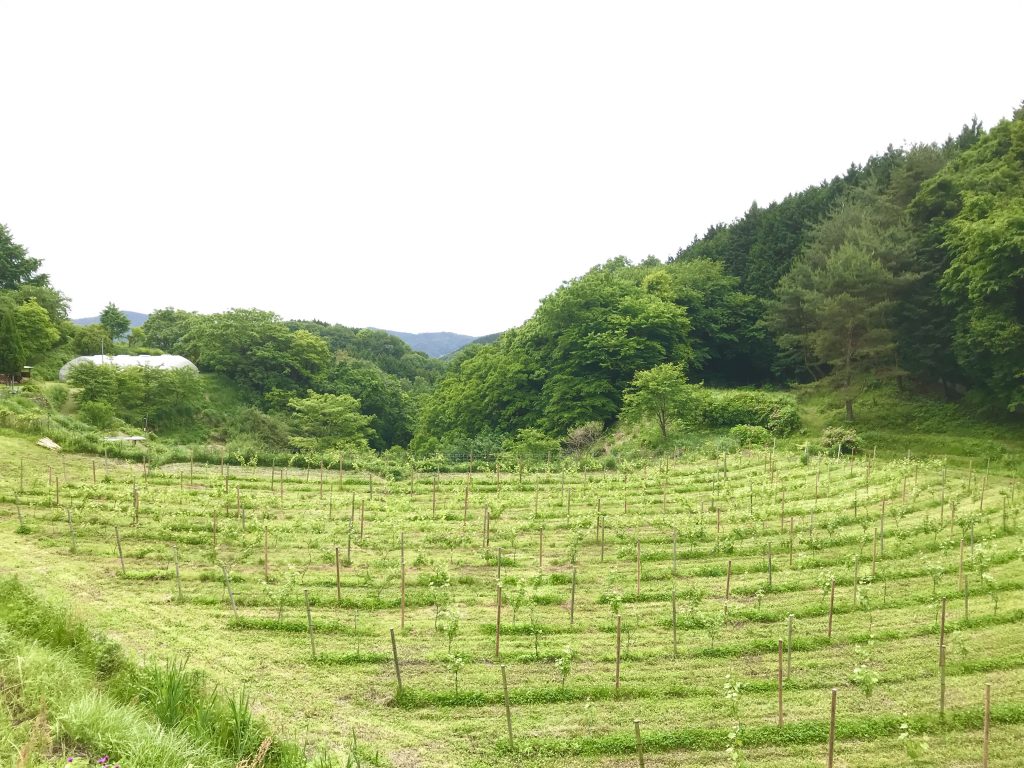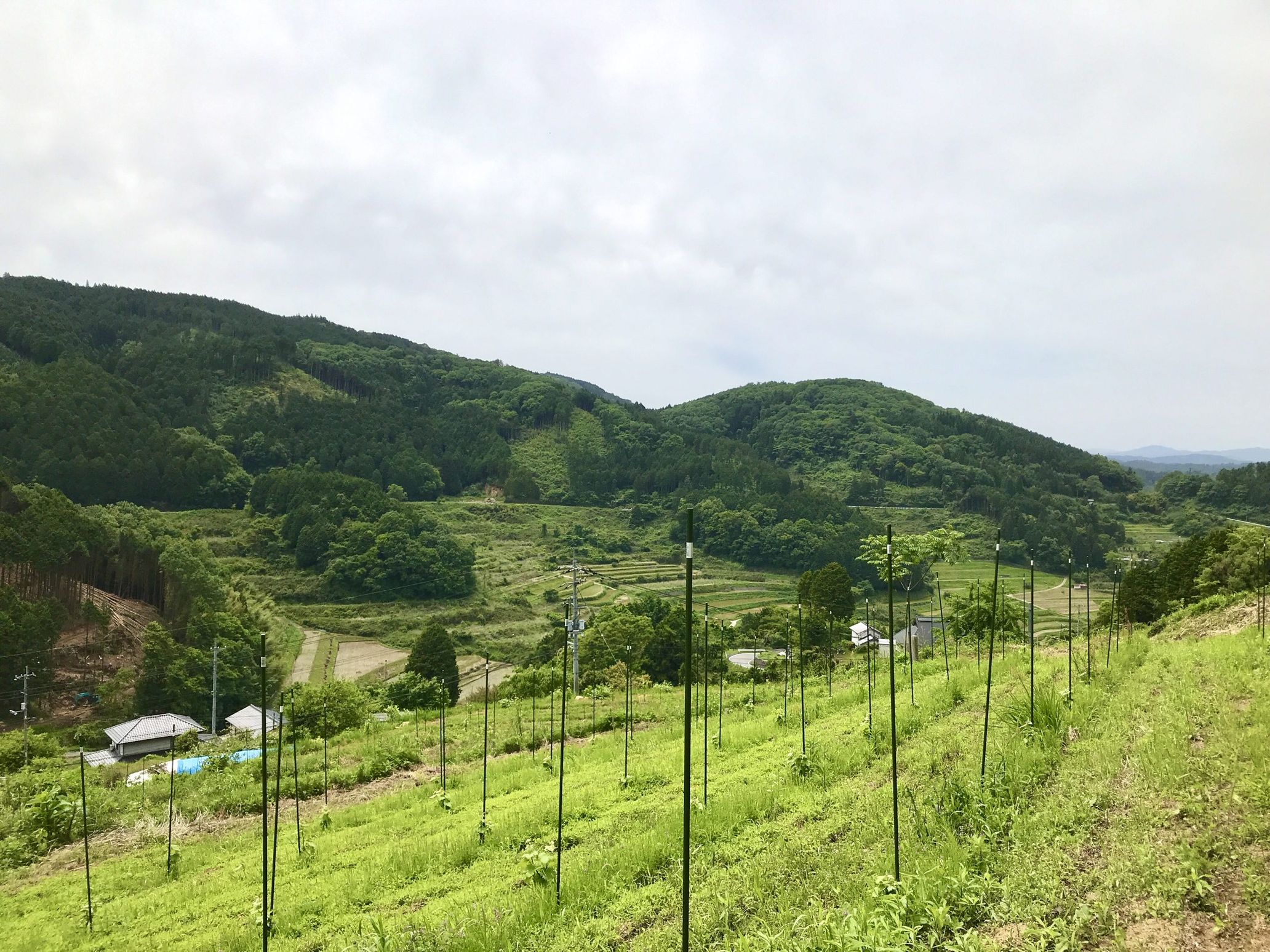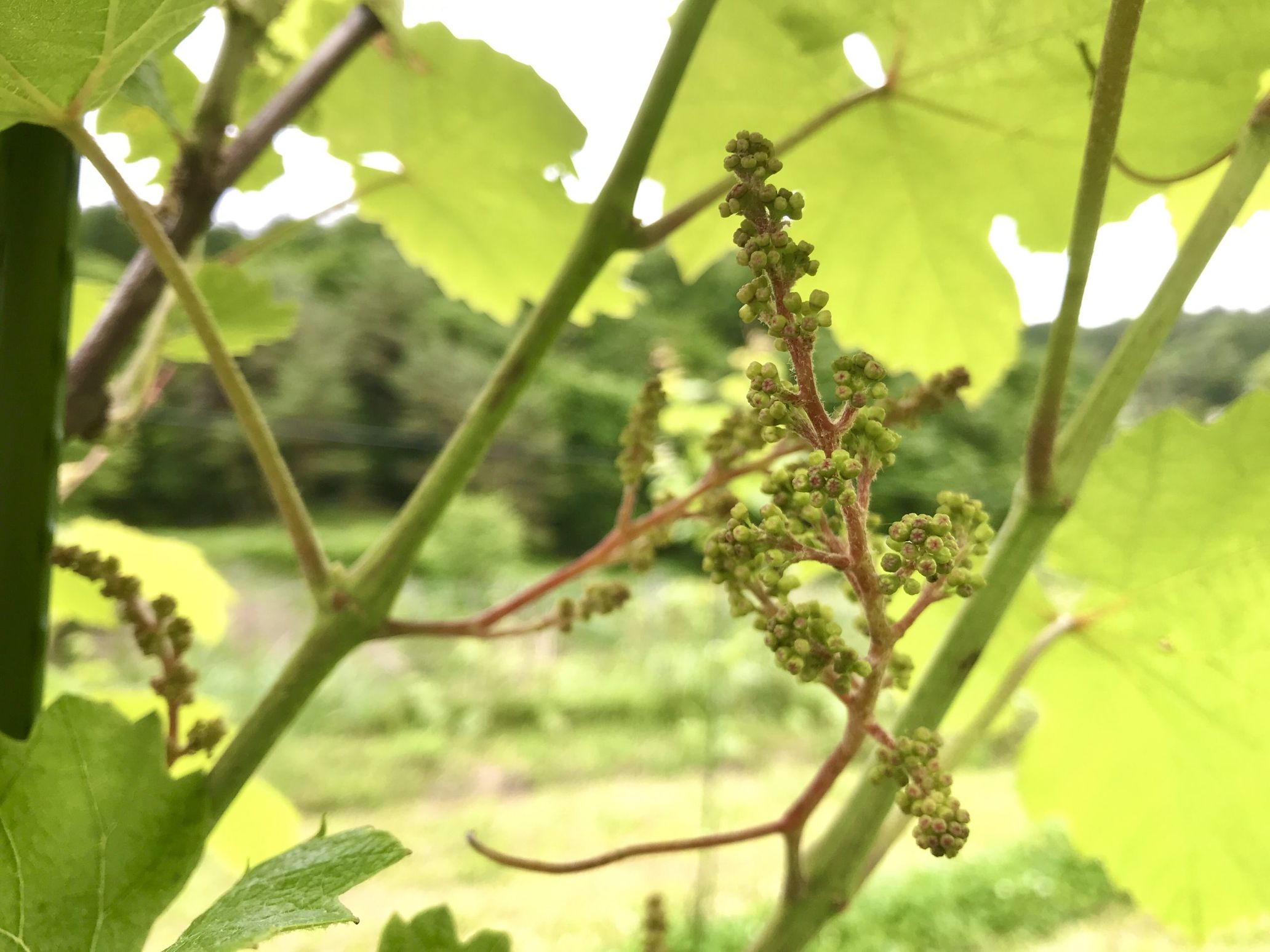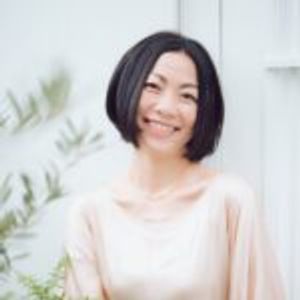Based on the concept of understanding Japanese “tashinami” (sophistication), this series rethinks the essence of Japanese culture through all kinds of people, communities, and phenomena. In the first installment, I talked to Takehiro Miura, a Yamabushi who runs Yamabiko Winery in the Ohaga area of Misaki, Okayama.
A vineyard that started with soil preparation four years ago
What do you think of when you hear the word “Yamabushi”? You may think of Musashibou-benkei from Kanjincho, Tengu-like attire, or someone blowing a conch horn. Many people probably feel these things are distant from their everyday lives—perhaps something that only exists in legends and folk tales.
The Yamabushi are the link between the mountains and human society, and their culture lives on today. They date back to the Asuka Period (550-710 CE), when they first spread in Western Japan, particularly in the Kinki region, before spreading to Eastern Japan. Dewa Sanzan is a major site in Eastern Japan, and to this day, the Yamabushi still follow the ascetic practice of hiking through the mountains and standing directly under a waterfall.
Miura is a Yamabushi of Dewa Sanzan’s Mt. Haguro. Born in Yamagata Prefecture’s Tsuruoka, which is home to Dewa Sanzan, Miura is now taking on the challenge of making natural wine under the name “Yamabiko Winery” in the Ohaga region of Misaki, Okayama.
“At one time, Ohaga, Misaki had a thriving tatara iron manufacturing industry. Later, iron manufacturing was replaced by rice cultivation, but because it’s a town in the mountain valley, the rice fields naturally became terraced rice fields. This incredible view of the terraced rice fields was chosen as one of the top 100 terraced rice fields in Japan. But today, due to the aging population, there are more and more abandoned rice paddies. I fell in love at first sight with the beautiful scenery of the terraced rice fields spread across Ohaga. When I wondered how I could pass this beautiful sight onto the next generation, it suddenly came to me: What if I made a natural wine vineyard?”
Miura says he originally visited Ohaga because his friend had moved there with his family. This visit became a major turning point for Miura. First, he decided to move to Ohaga, and after studying at Grape Republic, another natural winery in Yamagata, he went into the abandoned terraced rice fields and started preparing the soil. After mowing the field, he plowed the soil and planted seedlings. That was four years ago.
“Wine grapes have never been grown in this region before, so I didn’t know what kind of grapes would be suitable. First, I planted seedlings of all varieties to find out what kind of grapes would work.”
The vineyard, which he started from the soil, is now 1.3 hectares. It grows a variety of seedlings, including Chardonnay, a typical white wine variety, Pinot Noir and Merlot, both red varieties, and Muscat Berry A, a variety often used in Japanese wines. He’s still in the process of trial and error and is ultimately aiming for 2 hectares.
The grapes he planted in the terraced fields show different degrees of growth each year: three years ago, two years ago, last year, and this year, and he goes around inspecting the grapes that he grew in three different areas, checking their condition one by one. While he says that “They’re doing particularly well this year,” his hands, which check every individual leaf, never rest. The growing vines wrap one by one on the wires that cut across the posts.
The origin of the Yamabushi making wine from mountain grapes
Natural wine, which Miura has chosen to make, involves a winemaking method that coexists with nature. The grapes used are cultivated while drawing out their natural potential, and chemicals and additives such as pesticides or chemical fertilizers are used as little as possible. Thus, at the farm, he ascertains the condition of the grapes with his own hands and eyes, and then treats them accordingly. He even looks at the underside of the leaves, sorting out the beneficial insects from the harmful ones, and then takes on the daunting task of exterminating only the harmful ones. Even during the interview, his hands never rested, and as he talked, he looked at the leaves, picked off insects, and pulled weeds around the seedlings. It seemed as natural to him as it is for people to talk while breathing, and it seemed to be more like an action attached to living than work. He truly does it with enthusiasm.
“Ever since I was a kid, I’ve wondered where I really belong. In fact, I lived in all sorts of places until I found my way here. After I graduated high school, I moved to Paris to study art and design, and after returning to Japan, I worked as a designer in Tokyo. After that, I lived in Okinawa and Hokkaido before returning to Tsuruoka. But I think with Ohaga, Misaki, I finally found the place I’ll live for the rest of my life.”
Miura tells me the friend who brought him to the Ohaga area is someone he met during his days in Paris. It’s a place that both of them finally arrived at after crossing the sea and moving several times. The Ohaga area currently has around 400 residents. It’s an underpopulated area that has the problem of a declining birthrate and aging population, with its average age approaching 70, and it’s like a microcosm of many underpopulated areas in Japan.
“If a total amateur like me can succeed in natural winemaking, I think there’ll be other people who want to try it here. Right now, the vineyard is 1.3 hectares, but I plan to expand it to 2 hectares in the future. If my circle grows and each person can turn a 2-hectare abandoned terrace rice field into a vineyard, this village—including the landscape—will be reborn, and I believe that will lead to the next generation.”
According to Miura, the Yamabushi used to collect mountain grapes and make wine with them. The Yamabushi’s history of making wine with mountain grapes is a source of encouragement for Miura’s current work. Yarigai (fulfillment) and duty. They may seem similar, but they are different in terms of scale and concept; while yarigai is an internal feeling, duty is more like seeing the big picture from a bird’s eye view. Alone, in an underpopulated area, Miura cultivated the abandoned land, planted seedlings that he wasn’t sure would grow, and grows grapes with respect for the laws of nature, even if it makes the harvest difficult. It seems as if he’s happy to take on the daunting task. Seeing him, I sense something much greater than the “yarigai” that people often talk about in relation to choosing a career.
“From several unique connections, I was able to take on the challenge of winemaking. I don’t do this for anyone else, or because I want someone to see it. Rather, my biggest joy is being able to revive this farmland in the mountains.” says Miura. Japan’s hot and humid summers are a harsh season for grape growing because it’s a time when the enemies of grape growing, like pests and mold, thrive. He starts his farm work every morning with a religious service (the practice of chanting mantras), and his daily life as a Yamabushi is the foundation of his grape growing. The journey to the top is difficult. But like ascetic practices on a mountain, where a spectacular view awaits, if he can overcome the summer, autumn’s harvest awaits.
Photography Takehiro Miura
Translation Aya apton


